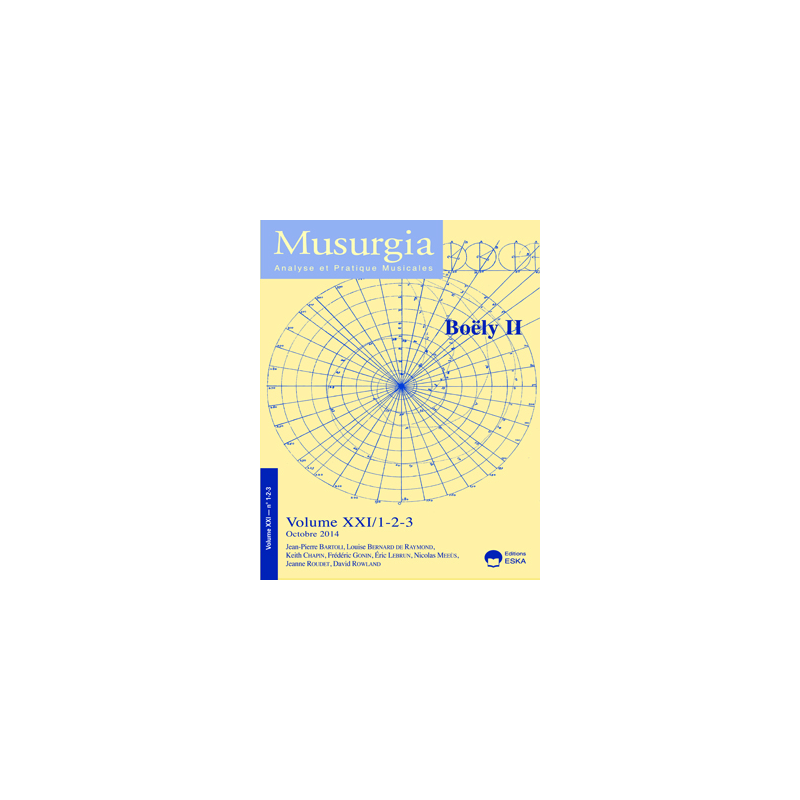



 Security policy
Security policy
(edit with the Customer Reassurance module)
 Delivery policy
Delivery policy
(edit with the Customer Reassurance module)
Article published in english
Article: Temporal Modes and Symbolic Stakes: Strict Composition in Early Nineteenth-Century Europe
Keith CHAPIN
Senior Lecturer, Cardiff University School of Music.
Abstract
This article examines the different notions and practices of ‘strict style’ that were in circulation in the early nineteenth century. ‘Strict style’ could refer 1) to a composer’s self-restriction to relatively fixed rules of dissonance control and part writing, 2) to the cultivation of certain stylistic features, such as the combinations and inversions of themes or the independence of multiple melodic lines within a texture, and 3) to a certain character or aesthetic of strictness, a mood or a register. These three approaches can be conceived as defining a continuum, with technical understandings of the ‘strict style’ at one end and aesthetic ones at the other. In addition, choice of approach had a bearing on the temporal character of the music and, as a consequence, on the symbolic import. While the technical understanding tended to demand tight control of the temporal flow, as in stile antico compositions, and thus to offer a sonic image of stability and conservative values, the aesthetic understanding allowed great latitude of choice and thus permitted composers to fashion the highly teleological compositions that symbolized both modern times and an appropriate rewriting of counterpoint.